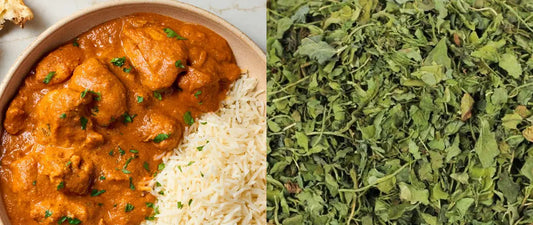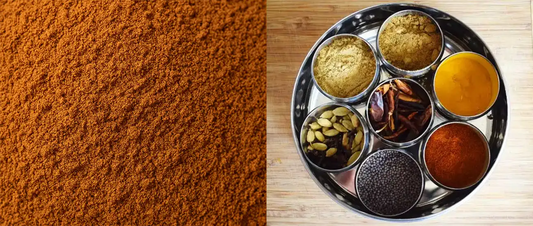What's the Difference Between Kashmiri Chilli and Regular Red Chilli Powder?
Kashmiri chilli powder and regular red chilli powder (also called lal mirch powder) differ mainly in heat level, colour, and use in cooking:
Heat Level:
- Kashmiri chilli powder: Mild (1,000-2,000 Scoville units)
- Regular red chilli powder: Hot (15,000-35,000 Scoville units)
- Indian red chilli powder: Very hot (30,000-50,000 Scoville units)
Colour and Flavour:
- Kashmiri: Bright red colour, mild smoky taste, slightly sweet
- Regular: Darker red, intense spicy flavour
- Both types are ground from different varieties of dried chillies
Main Uses:
- Kashmiri: Used mainly for colour in dishes like butter chicken, tandoori chicken, and curry gravies
- Regular: Used when you want actual heat in dishes like vindaloo or spicy curries
- Both are common in Indian cooking and can be used in marinades
Substitutes for Kashmiri Chilli Powder:
- Mix regular chilli powder with paprika (3:1 ratio)
- Use 1/4 amount of regular chilli powder
- Sweet paprika with a pinch of cayenne pepper
If a recipe calls for Kashmiri chilli powder but you only have regular chilli powder, use 1/4 of the amount to match the heat level. For authentic Indian dishes where colour is important, try to use genuine Kashmiri chilli powder.


